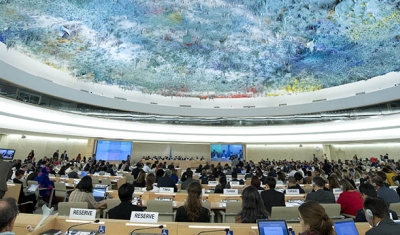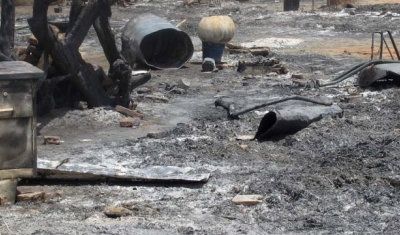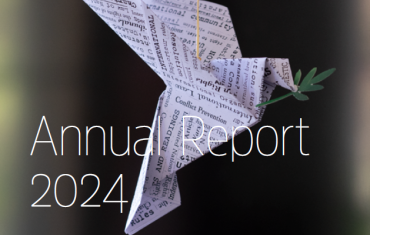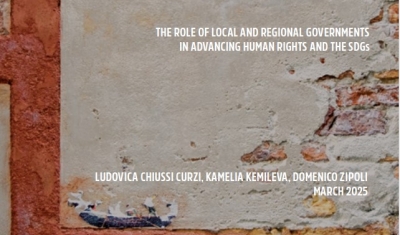Using the Indigenous Navigator, Indigenous Peoples and communities collect data on land tenure, access to resources, and legal protections. They document any violations or gaps. With this community-generated evidence, they engage with local authorities, present their findings, and advocate for stronger legal safeguards. By doing so, they hold duty bearers accountable and contribute to national efforts to fulfill international human rights obligations related to land rights.
In projects implemented in Africa, Asia, and Latin America, the monitoring of Indigenous Peoples' rights, and the analyses of that data, has led to the development of community-led interventions that directly impact and promote the full realization of those rights, as well as contribute to addressing climate change, effective community-led conservation and sustainable use of biodiversity .
Through surveys with Indigenous communities in Bolivia, the Indigenous Navigator collected data highlighting challenges regarding health, water quality and quantity, and environmental degradation of lands, territories, and resources. In Colombia, Indigenous communities used the outcome indicators in the Navigator framework to measure the impact of their traditional occupations and practices on the sustainable conservation, restoration, and protection of their lands, territories, and resources.
In Asia, particularly in Nepal, the Indigenous Navigator prompted the communities to analyze their right to participation in local decision-making, which brought broader consultation with Indigenous peoples on the local development planning process. In Cambodia, communities identified the need to strengthen the transmission of their traditional knowledge and facilitated exchanges among youth and elders.
Data gathered by the Indigenous Navigator also contributes to informing and supporting the further development of official statistics. Through participation in the Expert Group Meeting of the UN Statistical Division on Collaborative Citizen Data , which developed the Copenhagen Framework on Citizen Data , Indigenous Navigator contributed its experiences and best practices. Further, in the 2023 publication 'Traditional Occupations of Indigenous and Tribal Peoples in Labour Statistics' , published by the ILO, the data of the Indigenous Navigator is utilized to emphasize the critical role of community-based monitoring and information systems (CBMIS).







